Why We Rebuilt Email — And Why Morph Was the Perfect Partner
Messaging isn’t separate from finance anymore. It’s part of it.
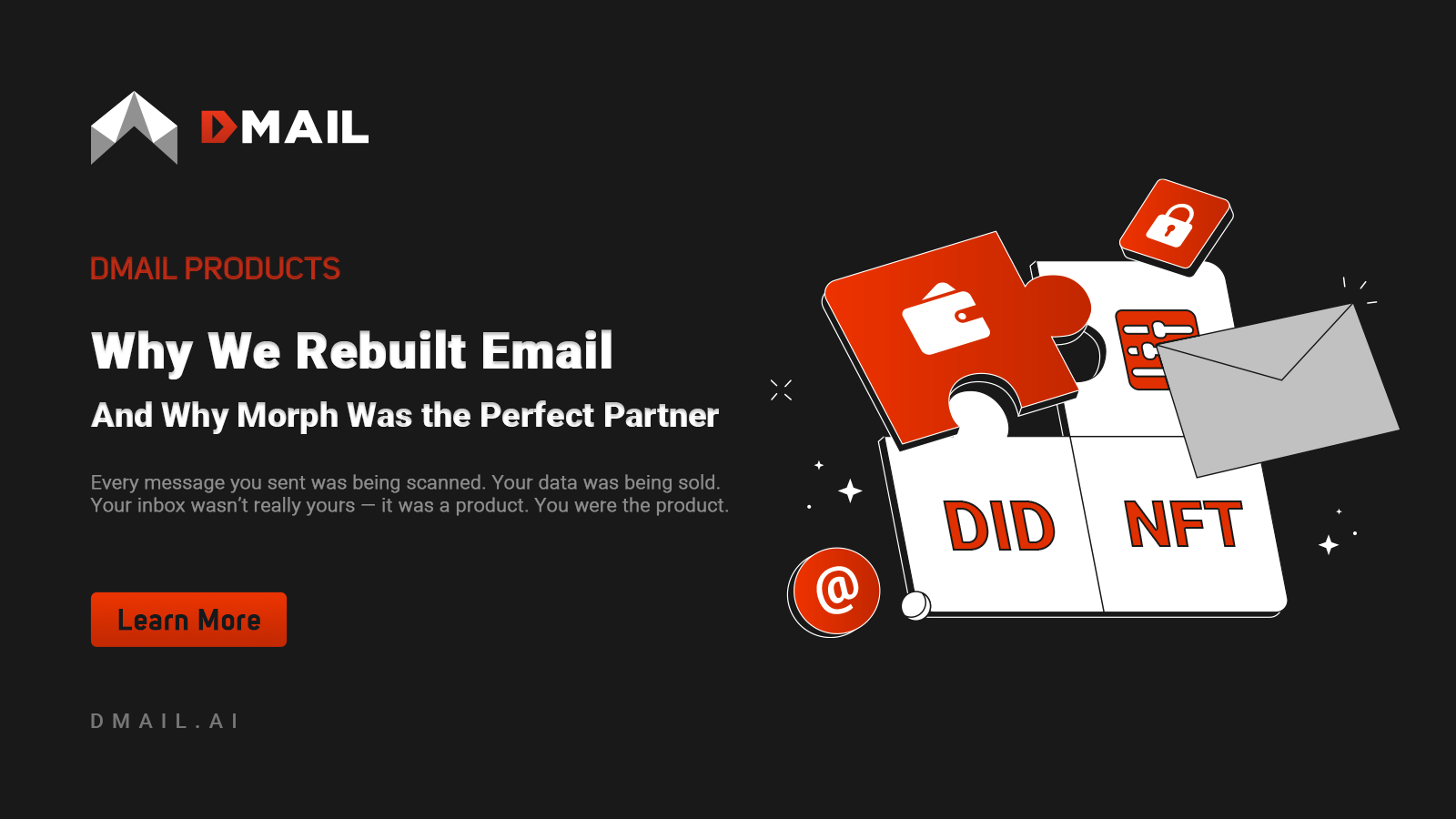
When we first started building Dmail, people thought we were crazy.
“Email? On the blockchain?”
“Who needs that?”
“You’ll never beat Gmail.”
They weren’t being malicious — just honest. And at the time, they had a point. Email worked, right? It was familiar. It was everywhere. But the more we looked at it, the more it became clear that what passed for ‘working’ was actually just… tolerated.
Every message you sent was being scanned. Your data was being sold. Your inbox wasn’t really yours — it was a product. You were the product.
That’s where Dmail began. Not as a startup idea, but as a reaction. A refusal, really. We refused to accept that the most important tool in online communication had to be owned, monetized, and surveilled by someone else.
Reimagining the Inbox
So we asked: what would email look like if it were built today — in a world of wallets, smart contracts, NFTs, and DAOs?
It wouldn’t use passwords.
It wouldn’t live on centralized servers.
It wouldn’t be full of ads or spam.
It would be encrypted, interoperable, and wallet-native — something that actually belongs to the user, not the platform.
It turns out, a lot of people felt the same way — even if they didn’t realize it at first. In the early days, we were laughed out of conferences. Now we have over 50 million wallet addresses using Dmail. Something shifted.
People don’t just want privacy anymore — they expect it. They want sovereignty. They want communication tools that reflect the rest of their Web3 lives.
Why Morph Made Sense
So, why Morph?
Honestly, it started like most good things in Web3 — with a conversation. A real one, in person. I met Kenny from the Morph team during ETHCC Brussels, and it was one of those rare moments where things just clicked. Same priorities. Same outlook. Same desire to build something useful, not just hype-driven.
We’d been looking for a chain that could support actual onchain messaging — not just as a demo, but at scale. That means low fees, fast throughput, and a community of builders who care about UX. Morph offered all of that.
But what really stood out was Morph Pay. It’s elegant. It solves a real problem. And it opened up all sorts of conversations internally about how messaging and payments might converge.
In short: Morph was a chain that made it possible for us to think bigger.
What “Onchain Email” Really Means
We get asked this a lot. “So… is it just like Gmail with a MetaMask login?”
No. It’s not Gmail with a crypto wrapper.
When you send a message on Dmail, you’re not just pushing some data to a server. You’re encrypting it end-to-end, storing it in decentralized storage (like IPFS or Arweave), and logging a hash of that message onchain — verifiable, immutable, untouchable.
Your message isn’t tied to an email address. It’s tied to a wallet, a DID, an NFT domain — something you control.
And the best part? It still feels familiar. You write. You send. The person on the other end gets it. But beneath the surface, it’s something entirely different.
No one — not us, not a third party — can read that message except the person you sent it to. Not even if we wanted to.
That’s the whole point.
Turning Communication Into Value
In Web2, every time you hit “send,” you’re creating value — just not for yourself.
The platform gets to analyze it, sell it, use it. You get to wait for a reply.
In Dmail, we’re flipping that dynamic. Every time you send a message through Morph, you earn 100 Dmail Points. Why? Because attention, interaction, communication — they all have value. And in Web3, that value should go to you.
These points aren’t just vanity metrics. They’ll contribute to future token drops, reputation systems, and loyalty programs. They’re our way of saying: you’re not the product. You’re the owner. And owners should be rewarded.
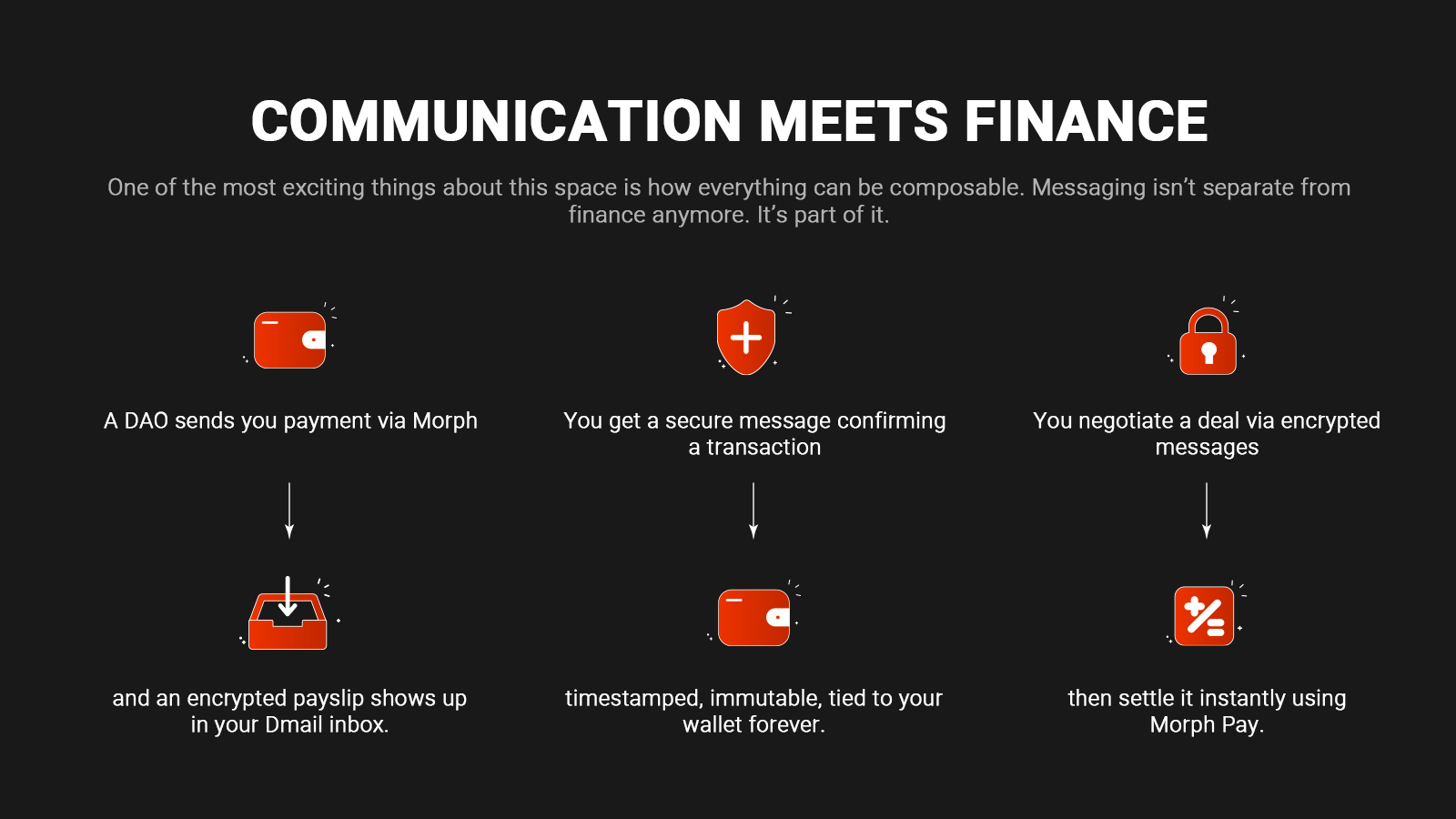
Communication Meets Finance
One of the most exciting things about this space is how everything can be composable. Messaging isn’t separate from finance anymore. It’s part of it.
Think about it:
- A DAO sends you payment via Morph — and an encrypted payslip shows up in your Dmail inbox.
- You get a secure message confirming a transaction — timestamped, immutable, tied to your wallet forever.
- You negotiate a deal via encrypted messages, then settle it instantly using Morph Pay.
That’s where this is going — and Morph is the perfect platform to get us there.
What Keeps Us Up at Night?
At this point, nothing blockchain-related does. We’ve been building long enough to know that the tech challenges are solvable — even if they’re frustrating.
What keeps me up?
Fundraising.
We’re currently raising for Subhub, our broader messaging and community platform. Finding the right partners — people who understand what we’re doing and want to build with us for the long haul — that’s what matters most.
It’s not about money. It’s about alignment.
Because the future we’re trying to build — the one where your wallet is your identity, your inbox, your passport to the internet — only works if the people around us believe in it too.
Final Thought
If you’re still using Gmail in 2025, let me say this gently: your inbox isn’t yours.
-It’s rented.
-It’s scanned.
-It’s optimized for someone else’s profit.
Dmail changes that.
It’s private. It’s decentralized. It’s built on the idea that communication, like your money and your data, should belong to you.
And with Morph, it’s more scalable — and more rewarding — than ever.
Getting started takes 30 seconds.
Go to mail.dmail.ai, connect your wallet, and send your first onchain message. You’ll earn 100 Dmail Points just for doing it.
No passwords. No tracking. No BS.
Just real communication, for the real Web3.

Connect with Dmail: Website | Twitter | Discord | Github | Telegram


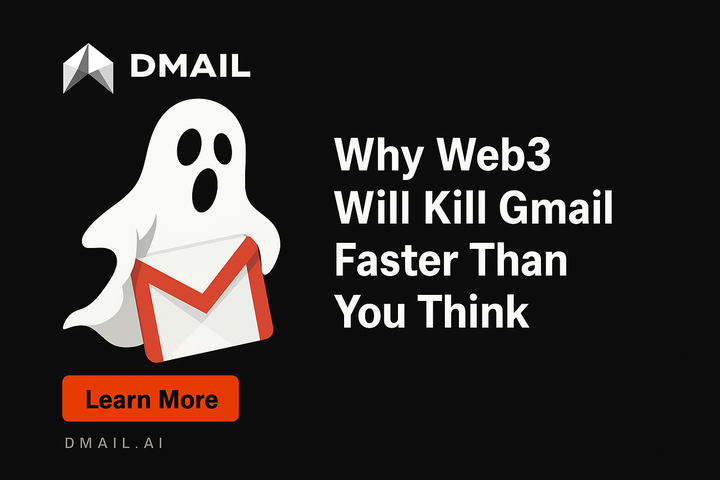
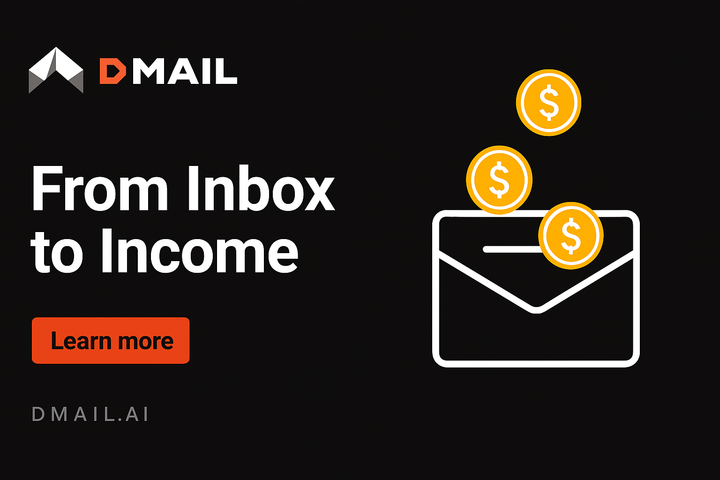
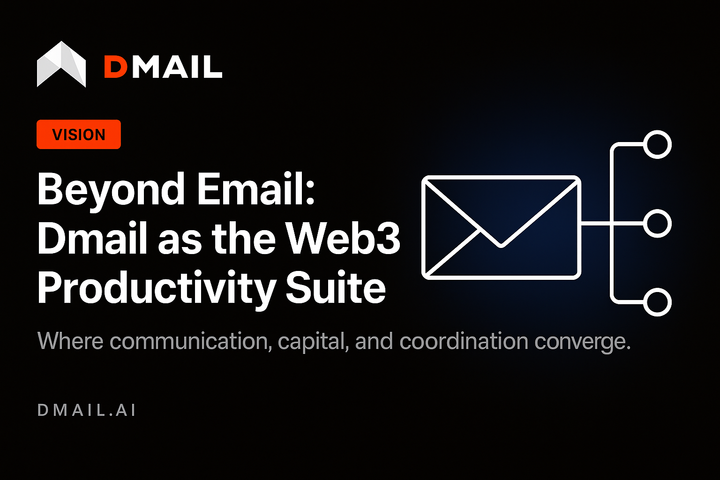
Comments ()